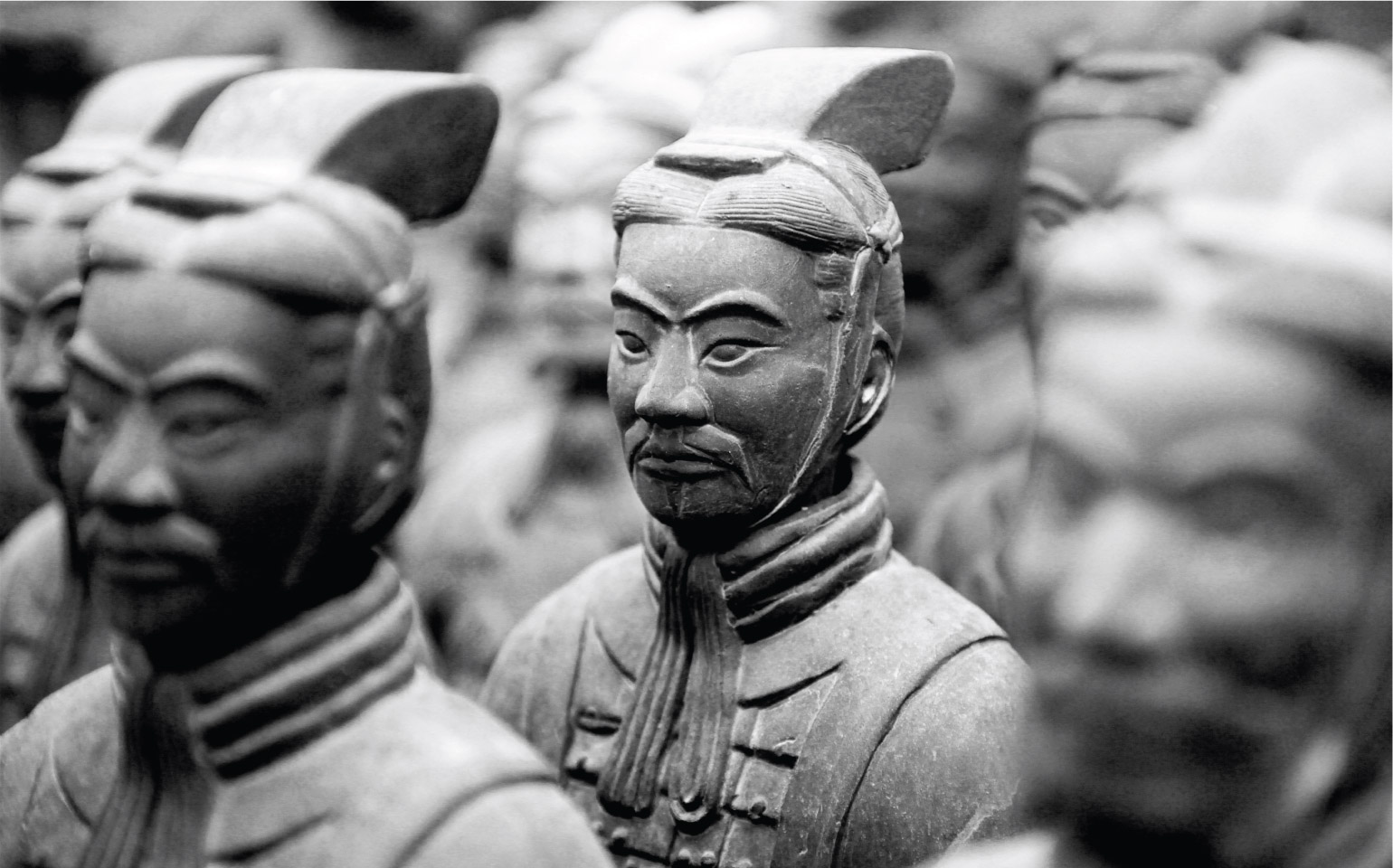When creating a new brand, refreshing or rebuilding a tired one, or pushing a good brand to the next level, we always give it the positioning test. In today’s competitive market, you must know where you’re strong, where you’re weak, and where you’re vulnerable to attack. Because a strike most always comes out of left field and blindsides you. Understanding who you are and why you exist as a brand will help you react fast. Knowing what you should do, or who you should be fighting.
Our positioning test is basically six questions:
- Is your brand position unique?
- Is your brand position ownable?
- Is your brand position desirable?
- Is your brand position believable?
- Is your brand position defensible?
- Is your brand position sustainable?
If you cannot answer yes to all six, with objective rationale that separates your position from that of your competition, you may be vulnerable to attack. So often, we see that the invasion actually comes from complacency. Thinking you’ve got your bases covered and your flanks protected. Meanwhile, you may be neglecting the subtle influences that come from not keeping your brand strategy aligned with your business goals. The result is gaps in your line, potential avenues for disruption, negative influence, and ultimate brand erosion.
Here are just three examples of where prominent brands, all with sound foundations and positioning, lost the battle. Either to external competition, or internal.
- Pepsi beat Coca-Cola’s share for the first time in 2006. They outflanked them on the bottled water and sport drink fronts, all while Coke was attesting a recession-resistant product and brand to its stakeholders, and maintaining focus on a CSD (carbonated soft drink) category that was already in decline. It was a hard lesson to learn. And costly to overcome.
- The Gap, which we mentioned a few weeks ago, completely lost sight of its identity, its culture, who it was, and why it existed—the entire Gap brand. They were the dominate innovating fashion brand of the ‘90s. Today, stores continue to close, and they are completely irrelevant to the millennial audience. (Unless they have to dress up like mom and dad for a throwback party.) Ouch.
- The Porter Cable brand was reduced to primarily a homeowner grade tool when purchased by Black & Decker to help fill out a channel strategy. It’s a shame considering the equity the brand had with woodworkers and professionals 25 years ago. Poor Norm.
So take the test. Answer those six questions with quantifiable, evidence-based insights. You’ll discover whether your brand is in a position, internally and externally, to take on the next big challenger. If not, commit to getting the help you need. Build a plan to bring your brand back into alignment and then intentionally express your differentiating factors to your customers and consumers through new emotive brand experiences that become barriers to attack.
And like an army on the move, do not rest on your laurels. Keep your head on a swivel. Continue to evolve. Hone and craft your position with your various constituents. Resist the enemy. From any direction.
